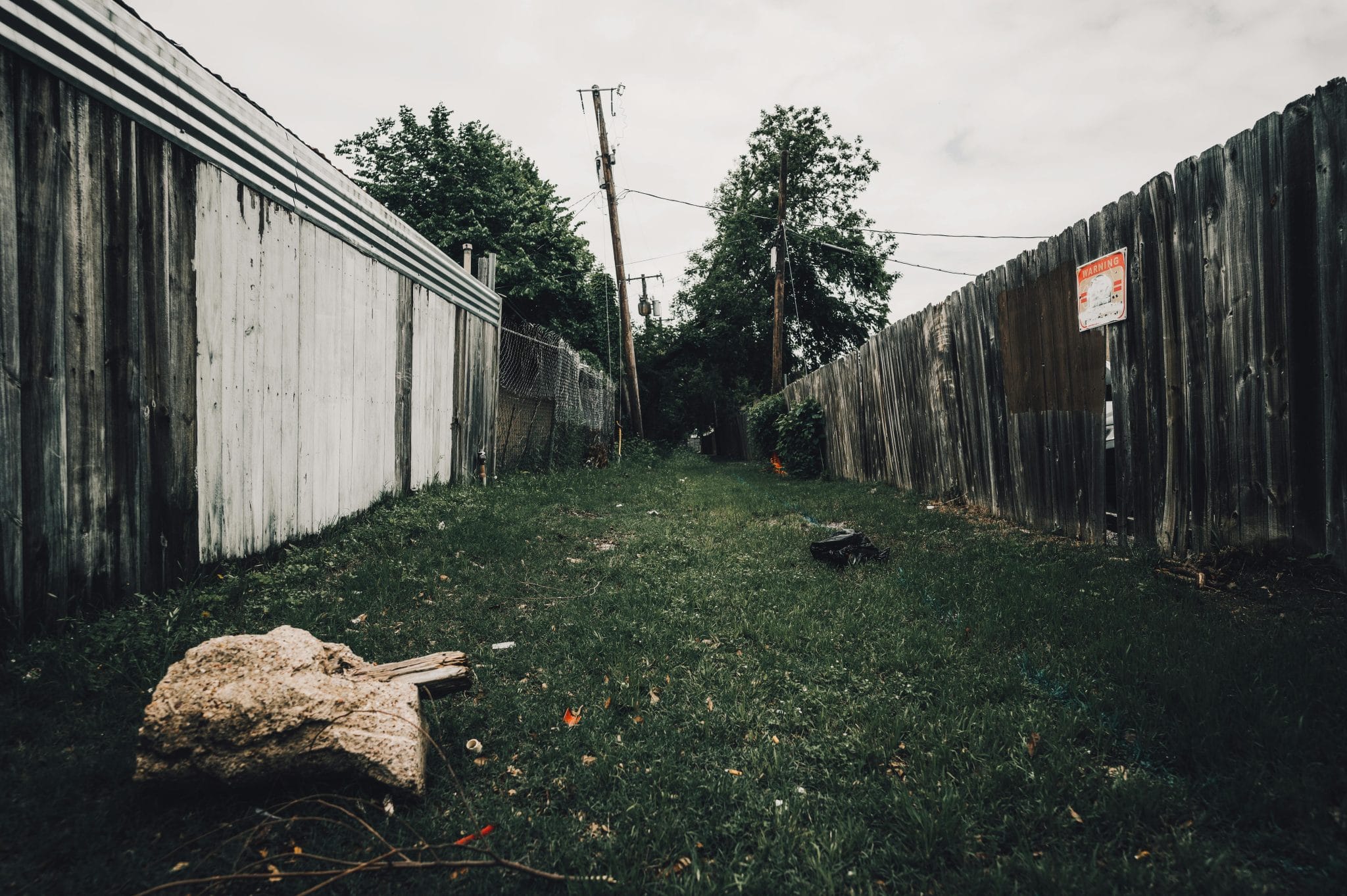Suburban Migration Trends Post-Pandemic
The COVID-19 pandemic has significantly impacted our society in countless ways. Not only has it changed our daily routines and lifestyles, but it has also caused major shifts in the housing market. With businesses transitioning to remote work and social distancing measures still in place, many individuals and families are opting to leave the crowded cities and move to the suburbs. This sudden surge in suburban migration has caught the attention of many, as it raises questions about how our housing preferences may change in the post-pandemic world.
The Rise of Suburban Migration
Before the pandemic, urban areas were the hotspot for young professionals seeking job opportunities and a vibrant social scene. However, the past year has shown that this may no longer be the case. As companies have adapted to remote work, many employees no longer need to live within commuting distance of their workplace. This flexibility has allowed them to consider alternative housing options, such as the suburbs, which offer larger homes and more outdoor space at a lower cost.
The Appeal of Suburban Living
One of the biggest factors driving the suburban migration trend is the desire for more living space. With lockdowns and stay-at-home orders in place, people have come to realize the importance of having a comfortable and functional living space. In contrast to cramped city apartments, suburban homes offer more square footage, multiple bedrooms, and private outdoor areas. This has become especially appealing for families with children, who may have struggled to balance work and childcare in a confined space.
Moreover, the pandemic has also highlighted the benefits of living in a less densely populated area. While cities have long been associated with a fast-paced lifestyle, the pandemic has forced people to appreciate the slower pace of suburban living. With less traffic, pollution, and crowds, the suburbs have become a more attractive option for those seeking a quieter and more peaceful environment.
The Impact on the Housing Market
As a result of this influx of suburban migration, the housing market has shifted dramatically. According to real estate data firm Zillow, suburban home prices have risen by 5% since the start of the pandemic, while city home prices have only increased by 2.4%. This increase in competition for suburban homes has also led to a decrease in inventory, making the market more competitive for buyers.
The Future Outlook
While it’s uncertain how long the pandemic will last, it’s clear that the housing market is already experiencing significant changes. The appeal of suburban living may continue to grow even after the pandemic, as people have reevaluated their priorities and realized the advantages of suburban life. This could lead to a permanent shift in housing preferences, causing long-term impacts on the housing market and the overall urban/suburban dynamic.
In conclusion, the post-pandemic world has brought about a new trend in suburban migration. With more people rethinking their housing choices and priorities, the suburbs have become an attractive option for homeownership. This trend has not only impacted the housing market but also raises questions about the future of city living. As we continue to navigate through the pandemic, it will be interesting to see how this trend evolves and its lasting effects on our society.










